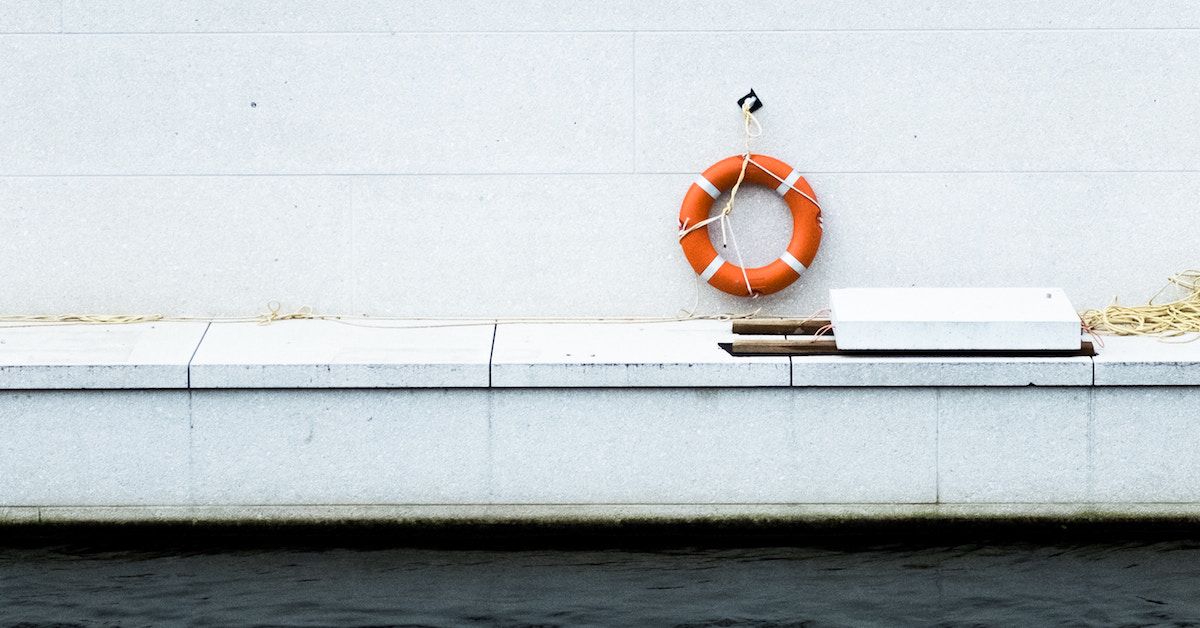Congratulations – you’re paying VAT!
Being VAT registered might not seem like something to throw a party about, but it’s an important milestone.
It means your business or limited company is bringing in more than £82,000 per year, and if that’s not worth jelly and ice cream, then frankly, we don’t know what is.

The reality of working out what you owe can seem daunting, and the thought of swapping the sunny beer garden for nights getting up close and personal with your invoices isn’t exactly appealing.
But did you know you can actually make money from your VAT scheme? That’s a bit more like it.
Scheme requirements
If your business makes less than £150,000 each year, you can register for the flat rate scheme. This would allow you to pay VAT at a fixed percentage of your total output, instead of 20% of net sales.
You don’t reclaim VAT on purchases under this scheme because it’s already factored into the rate, which cuts down on the amount of paperwork you have to do.
You continue to charge the standard 20% on sales, and the savings show up on your balance sheet.
Weigh up your options
The flat rate is quicker and easier to work out, and for many people, it’s cheaper. But it’s not for everyone, so make sure to figure out which system is best for you.
A word of warning: if percentages and figures aren’t your thing, look away now. Or, better still, grab someone who can help you understand it all.
Let’s get busy, then. Under the flat rate scheme, a freelance IT consultant or architect would pay 14.5%. Let’s assume your business has a turnover of £100,000 excluding VAT:
Step one: output + VAT on sales, so £100,000 + 20% = £120,000
Then, multiply this by the flat rate percentage to figure out what you owe: £120,000 x 14.5% = £17,400
For the same business under the standard 20% rate:
Step one: output x VAT rate, so £100,000 x 20% = £20,000
Use the same method to calculate the amount you can claim back on purchases: input x VAT rate
Say your total input comes to £12,000: £12,000 x 20% = £2,400
To reach your final figure, deduct the input from the output and voilà:
£20,000 – £2,400 = £17,600
In this example, using the flat rate scheme saves you £200, plus a lot of time and effort spent working out your input amount.
But if your business makes a lot of VAT-able purchases, you could be better off using the standard rate which allows your to factor them in.
Almost nobody gets excited about calculating their VAT, so get in touch if you’d like someone else to take care of it, and explain the flat rate scheme, while you focus on the fun stuff: growing your business.


